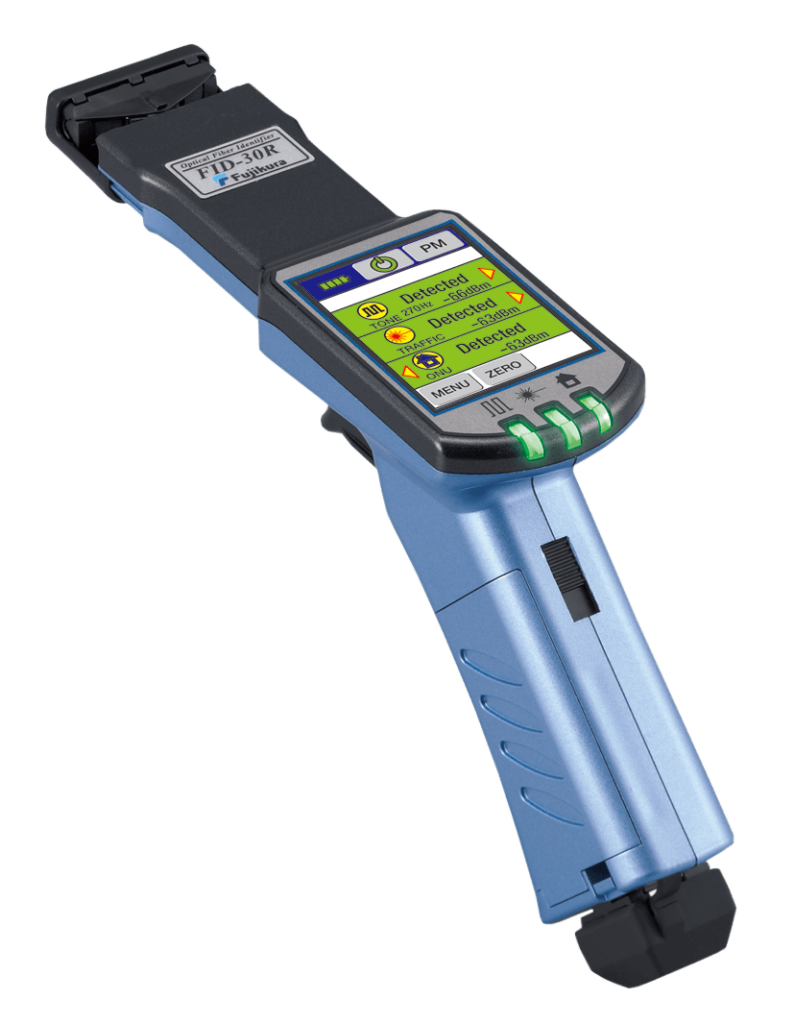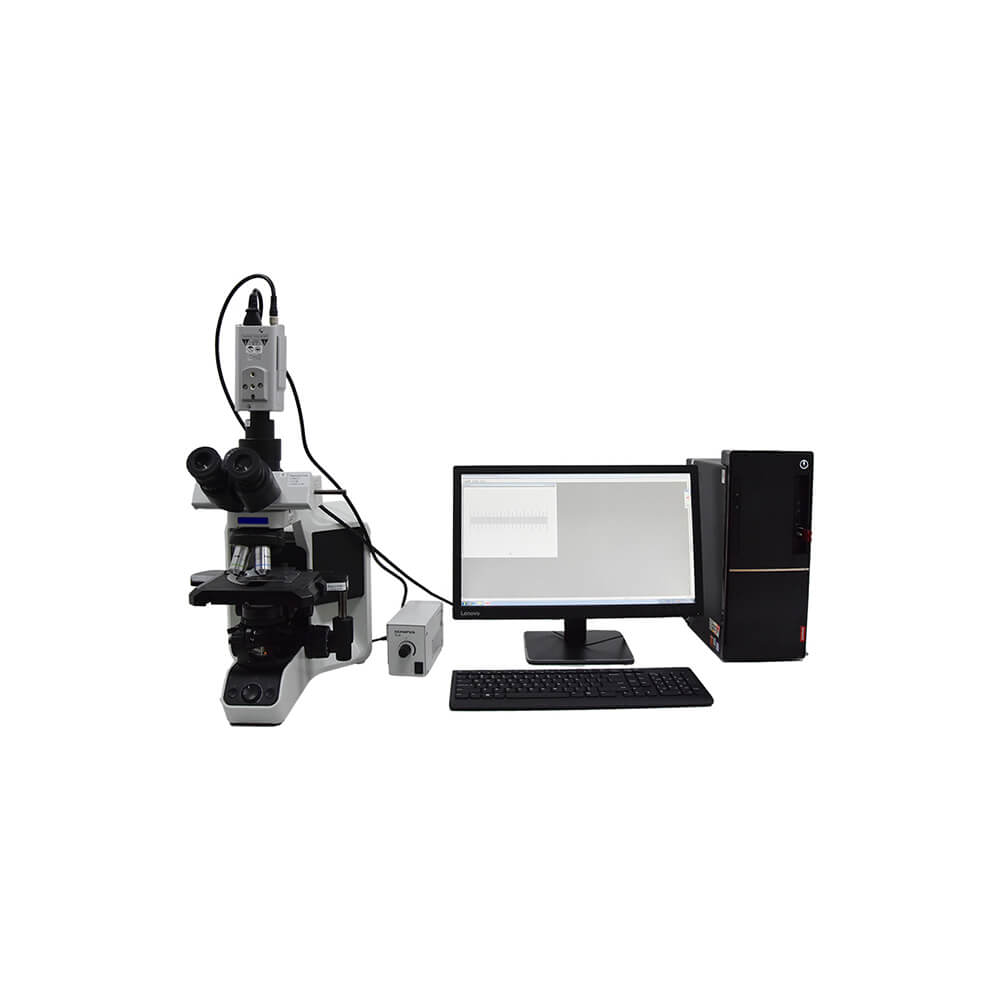Increasing Manufacturing Productivity with an Optical Fibre Diameter Analyser
Increasing Manufacturing Productivity with an Optical Fibre Diameter Analyser
Blog Article
Optimize Your Fibre Optic Performance: Understanding Optical Fibre Size Analyser Innovation
The performance of fiber optic systems is critically affected by the accuracy of their diameter, a variable frequently neglected in the search of optimal signal honesty. Recognizing the modern technology behind optical fiber diameter analysers exposes the detailed balance in between dimension accuracy and production high quality.
Importance of Optical Fibre Diameter
The size of optical fiber plays an essential function in figuring out the efficiency and performance of interaction systems. Alternatively, smaller sized sizes tend to support fewer settings, which can enhance signal clearness and decrease crosstalk.

Furthermore, understanding the size's ramifications can result in cost financial savings by lowering the requirement for signal amplification and repeaters in considerable networks (optical fibre diameter analyser). In final thought, the importance of optical fiber size can not be overemphasized, as it straight affects the total effectiveness and dependability of contemporary communication systems

Exactly How Diameter Influences Signal Quality
Signal top quality in optical fibre systems pivots substantially on the diameter of the fiber. The diameter affects a number of key criteria, including depletion, data transfer, and modal dispersion. A smaller sized diameter can cause higher depletion rates, leading to signal loss as light travels with the fibre. This depletion can compromise the stability of the transmitted data, bring about a decline in signal top quality, especially over lengthy distances.
Conversely, bigger sizes typically permit for improved light capture and minimized modal diffusion, enhancing signal clearness. In multimode fibers, a larger core diameter can sustain numerous light modes, however it might also introduce intermodal diffusion, which can degrade signal high quality. Consequently, selecting the ideal fiber size is essential for accomplishing the wanted efficiency in specific applications.
In addition, the communication in between the fibre size and the wavelength of the light made use of plays a critical function in identifying the reliable transmission distance and total signal stability. Recognizing how fibre diameter influences signal quality is crucial for network designers and designers making every effort to enhance optical fiber systems for dependable, high-speed information transmission.
Review of Diameter Analyser Innovation
In many optical fibre production procedures, accurate measurement of fiber size is important for making sure consistent performance and high quality (optical fibre diameter analyser). Size analysers are advanced instruments designed to evaluate the physical measurements of optical fibers with high accuracy. They utilize advanced optical and laser technologies to measure the diameter, ovality, and concentricity of the fiber, therefore supplying critical data for quality assurance
These analysers can operate in-line throughout the production procedure or as component of off-line screening methods. In-line systems enable real-time monitoring, allowing manufacturers to adjust specifications instantly, thereby preserving optimum manufacturing problems. Off-line analysers, on the various other hand, give comprehensive evaluations of batches, ensuring that any variances from defined resistances Bonuses are determined and addressed.
Diameter analysers considerably contribute to the reduction of defects in optical fibres, boosting total item dependability. By constantly determining essential parameters, these innovations promote compliance with industry standards and specs. As the demand for high-performance optical fibres proceeds to increase, the role of size analysers comes to be progressively important in achieving the desired top quality and efficiency standards in fibre optic systems.
Key Attributes of Fiber Diameter Analysers
Although numerous designs of fibre size analysers exist, they commonly share numerous crucial attributes that improve their functionality and dependability. Among the most significant attributes is high-resolution measurement capabilities, which make certain exact diameter analyses, critical for maintaining quality assurance in fibre production. In addition, many analysers integrate sophisticated optical sensing units designed to detect minute variations in fibre diameter, thus providing indispensable information for process optimization.
An additional essential attribute is real-time monitoring, allowing drivers to obtain prompt feedback on fibre diameter throughout the manufacturing procedure (optical fibre diameter analyser). This ability assists in quick adjustments and minimizes the probability of flaws. Lots of analysers additionally come geared up with easy to use user interfaces, enabling operators to quickly browse through data and settings outputs
Furthermore, durable information storage and analysis performances are necessary for tracking historical performance trends and ensuring conformity with industry standards. Some my latest blog post models even supply connection alternatives for assimilation into existing manufacturing control systems, improving general functional performance. Portable and portable designs allow for adaptable deployment within production environments, making certain that quality guarantee procedures are seamless and efficient. These attributes collectively add to the efficacy of fiber diameter analysers in enhancing fiber optic performance.
Finest Practices for Fibre Optimization

First, normal helpful site calibration of optical fiber size analysers is vital. This ensures precise dimensions and decreases prospective discrepancies that can impact performance. Next off, maintaining a tidy workplace is important; dirt and pollutants can lead to indicate deterioration.
Furthermore, it is essential to select fibers that fulfill details application requirements. This involves examining variables such as depletion, transmission capacity, and environmental problems. Correct installment techniques must also be complied with, consisting of avoiding sharp bends and too much stress, which can jeopardize fibre stability.
In addition, using advanced surveillance systems can facilitate real-time efficiency analyses, enabling timely identification of problems. Routine screening and upkeep ought to be carried out to make sure that fibers stay within ideal functional parameters.
Finally, training workers on the current fiber optimization technologies and methodologies will improve their capability to apply effective techniques. By complying with these finest techniques, companies can significantly enhance the performance and life expectancy of their optical fiber systems, making certain reliable interaction and information transfer.
Verdict
In final thought, the integration of optical fiber size analyser innovation is essential for making the most of fiber optic efficiency. By guaranteeing precise dimensions of fibre measurements, these analysers substantially improve signal quality and reduce losses during data transmission.
Signal quality in optical fiber systems hinges dramatically on the diameter of the fiber.In lots of optical fibre production processes, exact measurement of fiber diameter is crucial for guaranteeing consistent efficiency and quality. As the demand for high-performance optical fibers continues to climb, the role of size analysers becomes progressively vital in accomplishing the desired high quality and efficiency standards in fiber optic systems.
These features collectively add to the efficacy of fibre size analysers in optimizing fibre optic efficiency.
In verdict, the assimilation of optical fibre diameter analyser innovation is essential for maximizing fibre optic efficiency.
Report this page